Football is one of, if not the biggest, sports in the country, and it’s no different locally. Every year, students wait anxiously for the game dates and tickets to be announced. All over the school, whispers of “Are you going to the game on Friday” circulate. It’s what everybody looks forward to each year. However, the players always receive all of the focus while the actual backbone of the team sits in silence and watches the players receive praise. The coaches are arguably the most important part of any team, yet they are incredibly overlooked.
A huge part of coaching is coming up with new and effective strategies. However, each coach is different. Jason Payne, assistant head coach, focuses his strategies on energy.
“Energy, Energy, Energy,” Payne said. “Bring energy to practice and simulate game-like environments.”
Preston Paden, offensive coordinator, uses a different approach. He prefers to simulate the game and its intensity.
“My favorite tactic to use during practice is trying to create the intensity of the game rep every single time we snap the ball,” Paden said.
While game simulation is key for some, there are coaches like Jeremy Gillmore, assistant coach for the offensive line, who prefer to spend more time hyping the players up and cheering them on as they go.
“Positive reinforcement,” Gillmore said. “Reteach if necessary.”
High schoolers deal with a lot of emotional and physical changes. Therefore, it is not uncommon that sometimes a conflict will arise between the coach and a player or players. There are ways to prevent this and to help the players see the structure and balance that is needed for team work.
“Everyone, whether it is high school athletes or adults, they require structure,” Payne said. “Providing structure and clearly defining the mission will create a team that all works together.”
Paden uses another approach, though, and keeps his players level-headed and focused.
“I try to keep our guys never too low or never too high, it’s never as bad as it seems,” Paden said. “Keeping them level headed is the best way for us to continue to get better.”
Gillmore likes to take a closer approach and builds key relationships with the athletes. Respect is a two way street, and Gillmore knows that.
“Building relationships with the kids is key,” Gillmore said. “If they see that you care about them as a person and want them to be successful, they will do anything for you.”
One of the biggest responsibilities for coaches is to create new game plans. Of course, every game is different and every team plays differently, so each coach will have different ways to strategize a win.
“Each game plan is different, just as your opponents are different,” Payne said. “We use strategies to research our opponents, and based off of our research, we develop a plan to execute.”
Other aspects of strategy, like structure and balance, are also important. Coaches like Paden use that to their advantage.
“Defensive Structure, key information techniques, coverage tendencies,” Paden said.
Much like Payne, Gillmore also relies on researching and studying the opponent. After all, every team is different.
“Each week you must study your opponent. This is done through film study of their previously played games,” Gillmore said. “Once you get a bead on the opponent’s base plan, you decide how we can put our kids in the best possible situation to win.”
Being one of, if not the, most looked forward to times of the school year, a lot of pressure rides on the players. It is up to the coaches to prepare them and calm whatever nerves may arise.
“The season begins when the last season ends. Off-Season starts the next season,” Payne said. “Getting the mindset through competitions and growth molds the next season.”
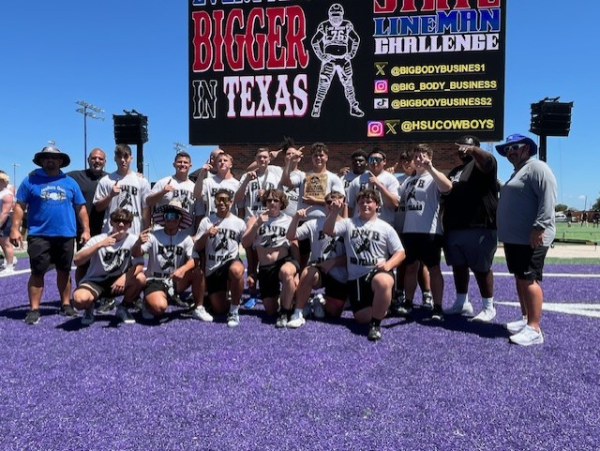
Another very effective form of preparation is mentally preparing them. Football is a very physical sport, but the mentality is just as important as physical form.
“Getting them into the mindset of everything that they do from April-July will be a direct correlation between success and failure,” Paden said.
Physical preparation and mentality work hand in hand to really prepare players for the season. It is the responsibility of the coaches to toughen them up and make them believe in themselves.
“Getting our kids to work harder than the opponent EVERYDAY. Get them to believe in themselves, their teammates, and their coaches,” Gillmore said. “Make them tough…[the] goal is to make the opponent wish they had never played the game of football in the first place.”
Every coach has their own story. Some became coaches to have a more physical job, versus a desk job. Some became coaches because they prefer leading in an outdoor setting. Some became coaches because of the great experiences they may have had in their lives. No matter the reason, each coach is different.
“The game of football,” Paden said. “I could not imagine my life without it.”
Some became coaches because of the incomparable feeling of being in the bright lights.
“I was blessed to have great coaches growing up who took personal interest in me, both on and off the field. I want to do the same for kids today,” Gillmore said. “Also…the adrenaline high you get on gameday is unbeatable.”
And some became coaches because of their impeccable talent to weave football into adult life.
[What made me want to become a coach is] “to use sports to prepare young adults for life. Teaching them about dedication and setting goals to be their best,” Payne said. “Perception is Reality, something that can be used in all facets of life.”






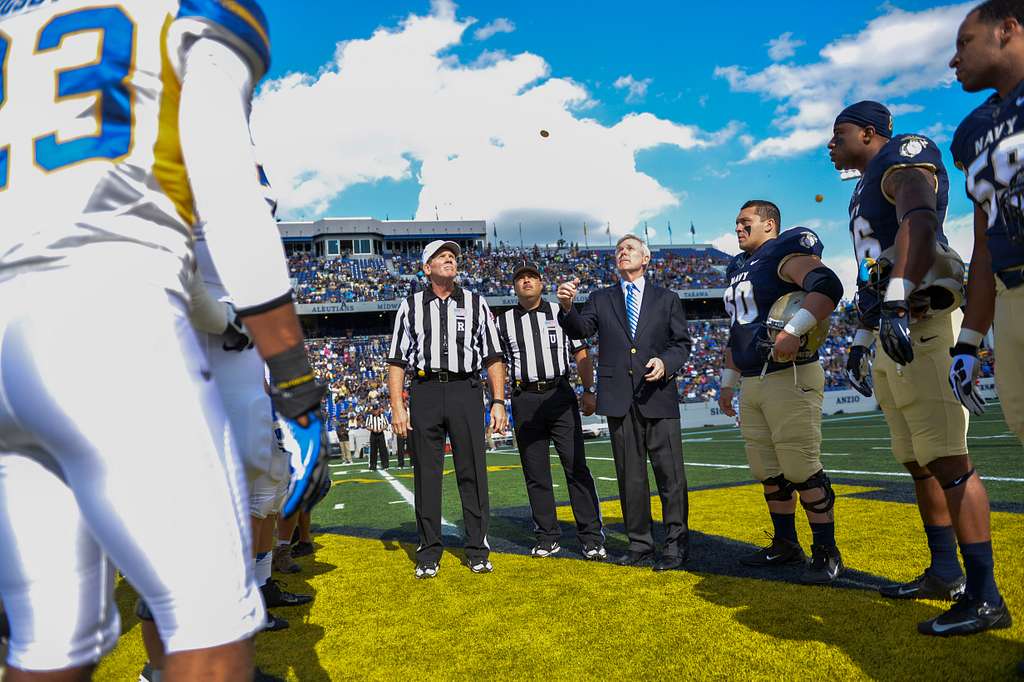







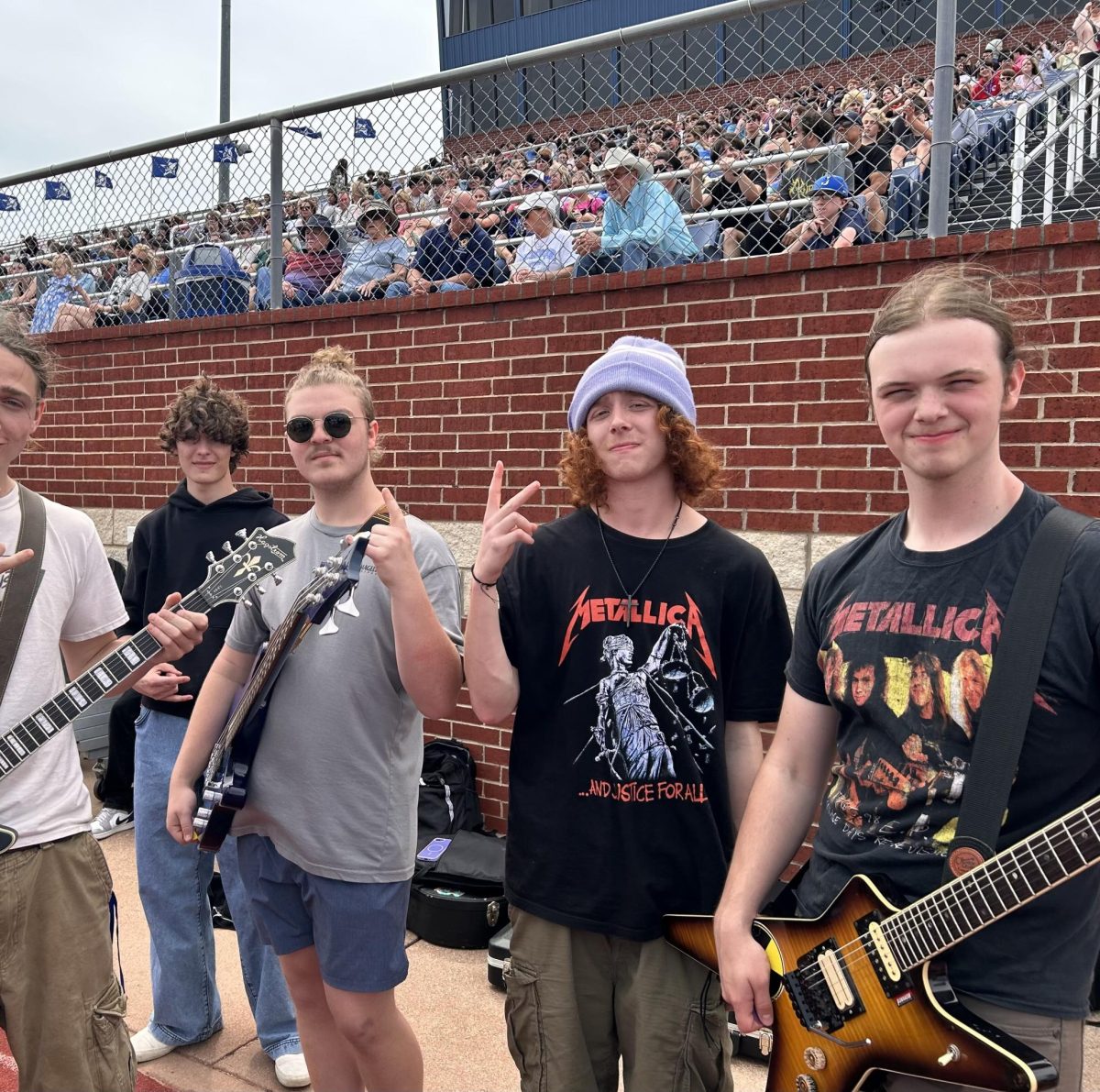


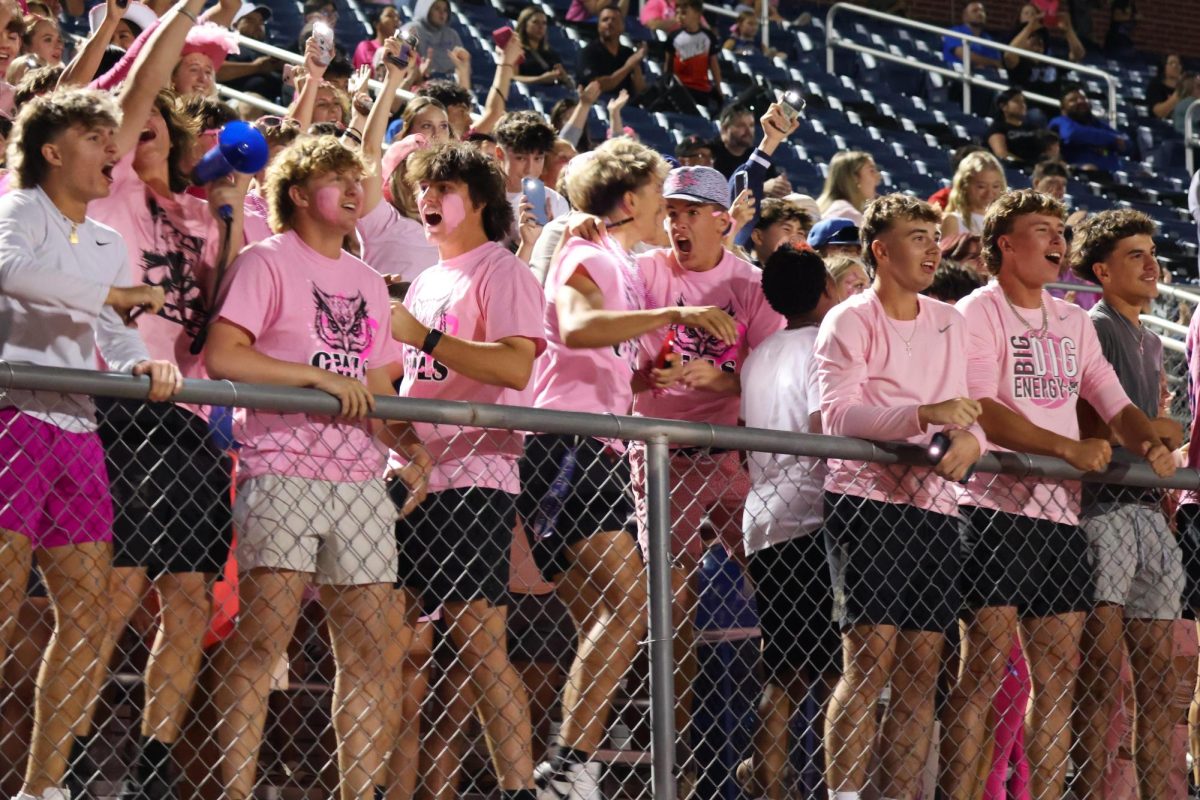
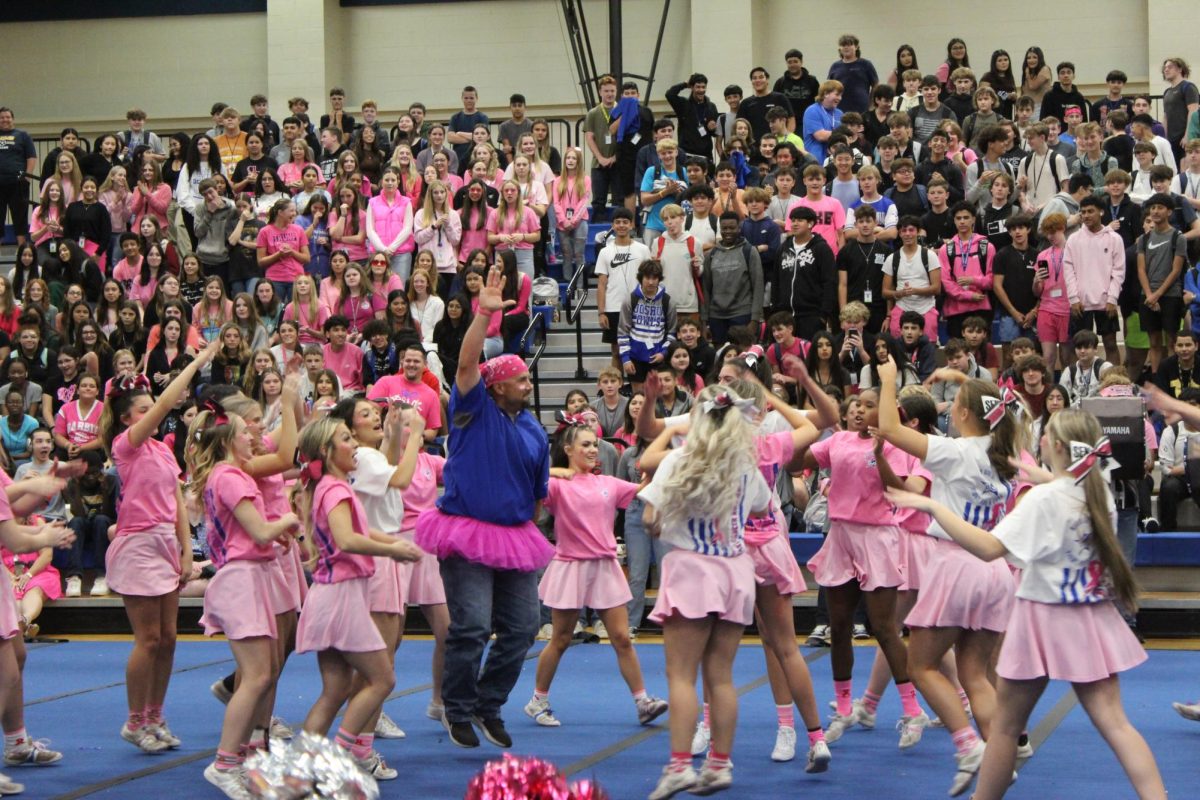
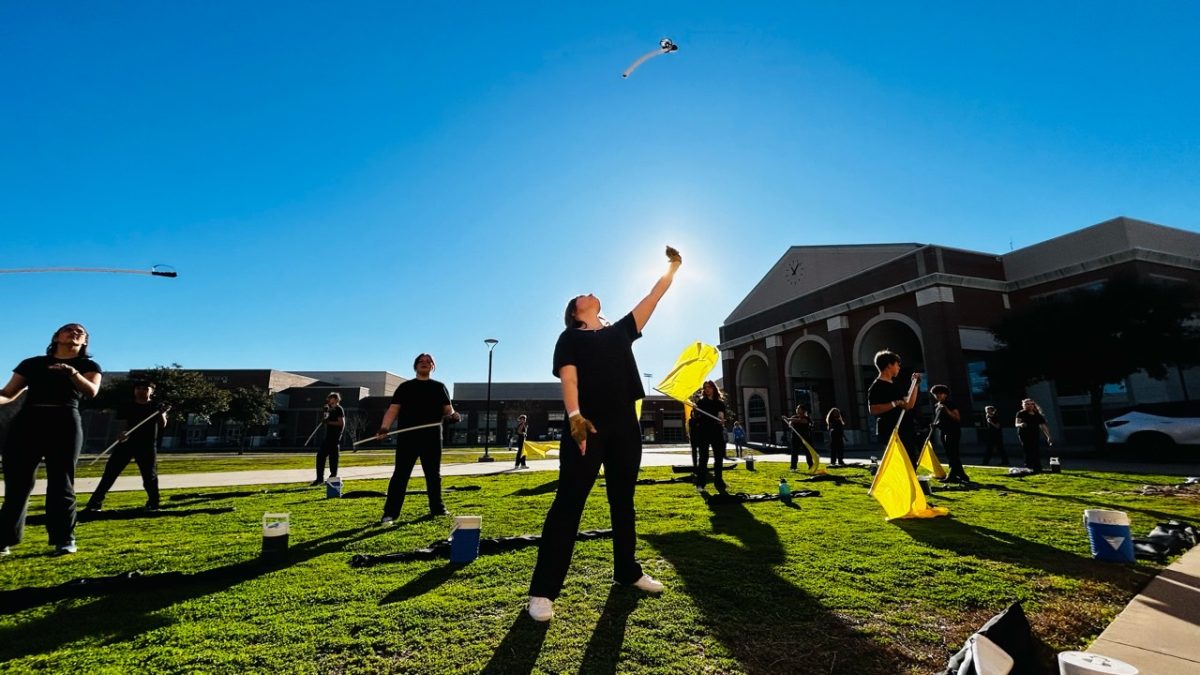

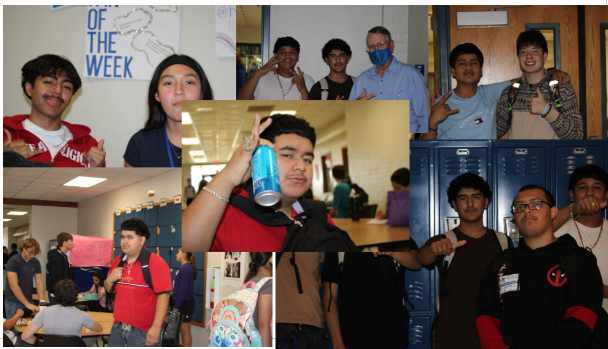
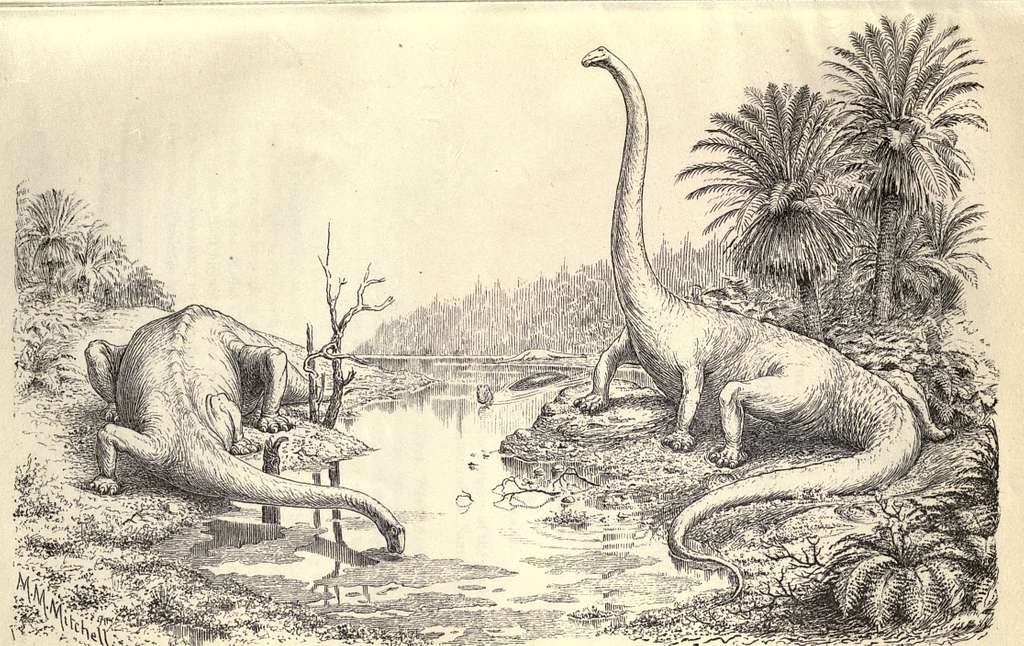

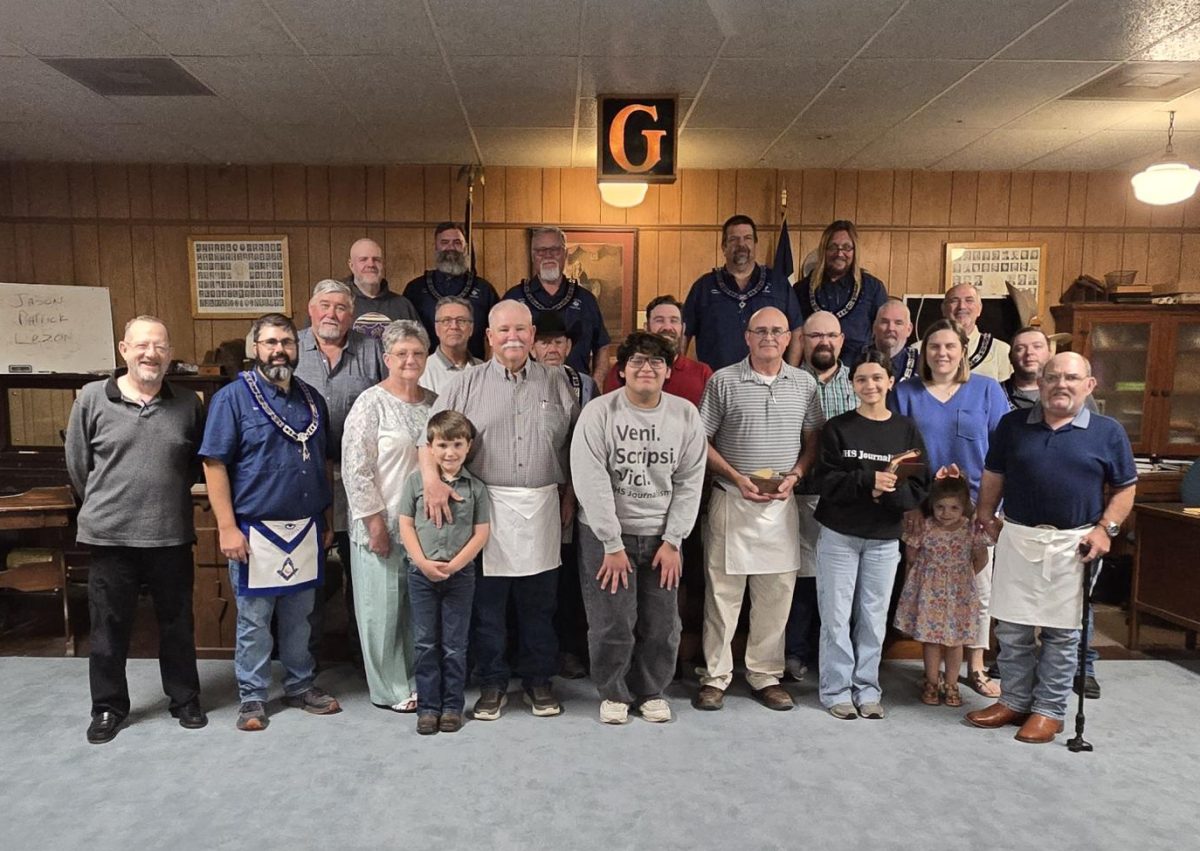

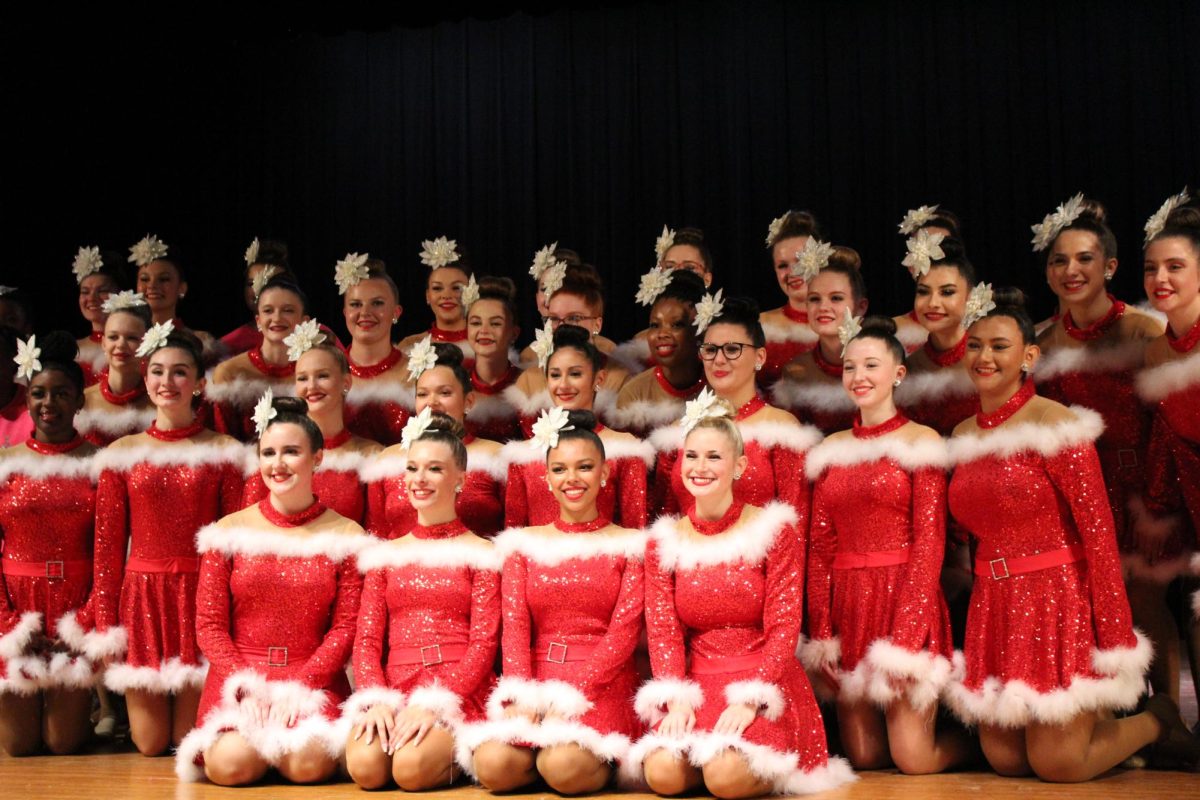
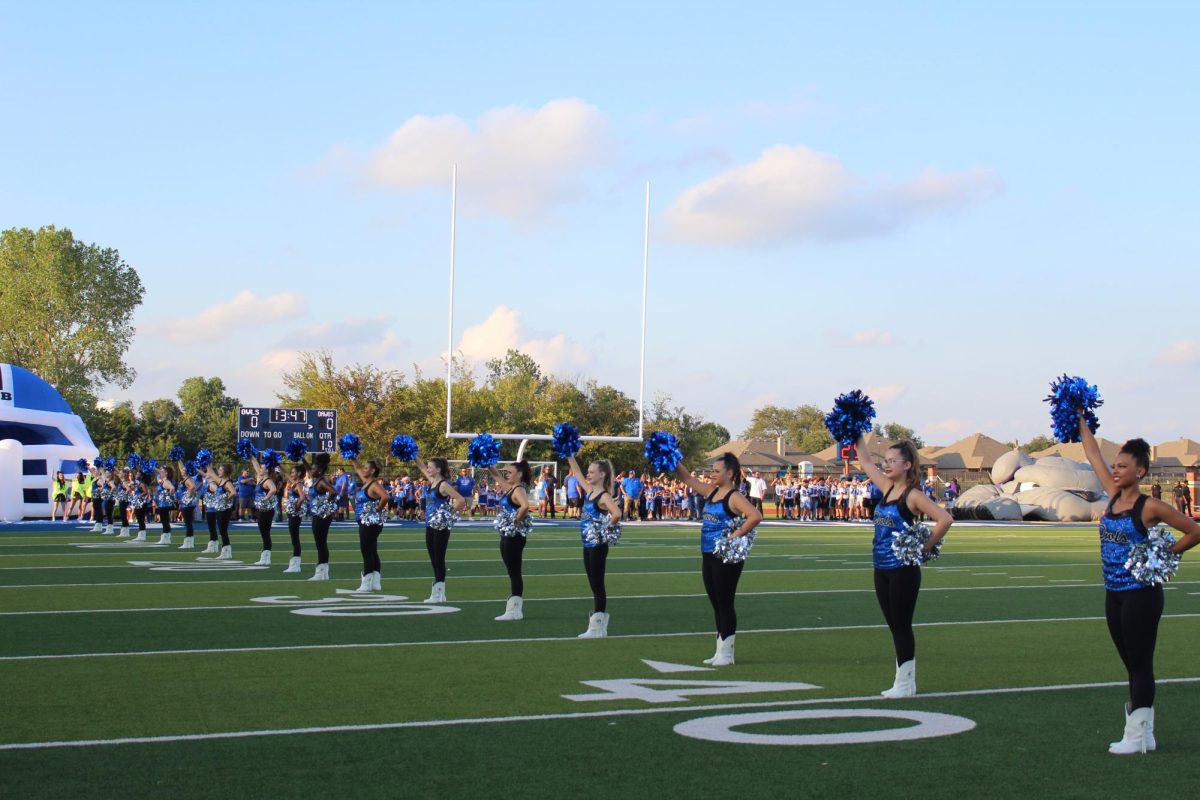


David Boyd • Sep 10, 2024 at 2:55 PM
Very well, researched and written article. Enjoyed reading it. -DB